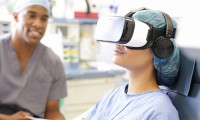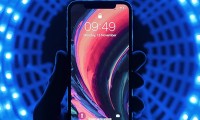-
Innovation Contest for Certified Health IT Product List Data by ONC
- Source: HealthcareIT News
- 826
- July 18, 2018
-
Care Quality Commission Rates Digital GP Centre in Birmingham ‘Outstanding’
- Source: DigitalHealth
- 938
- July 18, 2018
-
‘Hackathon’ to Develop VR Tools for Patients Organised with Royal Free Help
- Source: DigitalHealth
- 796
- July 17, 2018
-
FDA Clears First Autonomous AI Diagnostic System Rolled out by University of Iowa Healthcare
- Source: HealthcareIT News
- 1,205
- July 15, 2018
-
Appthority Reports Security Threat Behind Health Apps & Records
- Source: MobiHealthNews
- 939
- July 4, 2018
-
Screening of Pancreatic Cancer via Smartphone App
- Source: mHealthSpot
- 913
- July 4, 2018
-
Amazon Acquires Online Pharmacy
- Source: MobiHealthNews
- 820
- July 2, 2018
-
New Device made of Lego & Smartphone to Detect Nerve Agents
- Source: ScienceDaily
- 782
- June 29, 2018
-
Invention of Smartphone Microscope
- Source: IndiaTimes
- 2,218
- June 29, 2018
your submission has already been received.
OK
Subscribe
Please enter a valid Email address!
Submit
The most relevant industry news & insight will be sent to you every two weeks.













